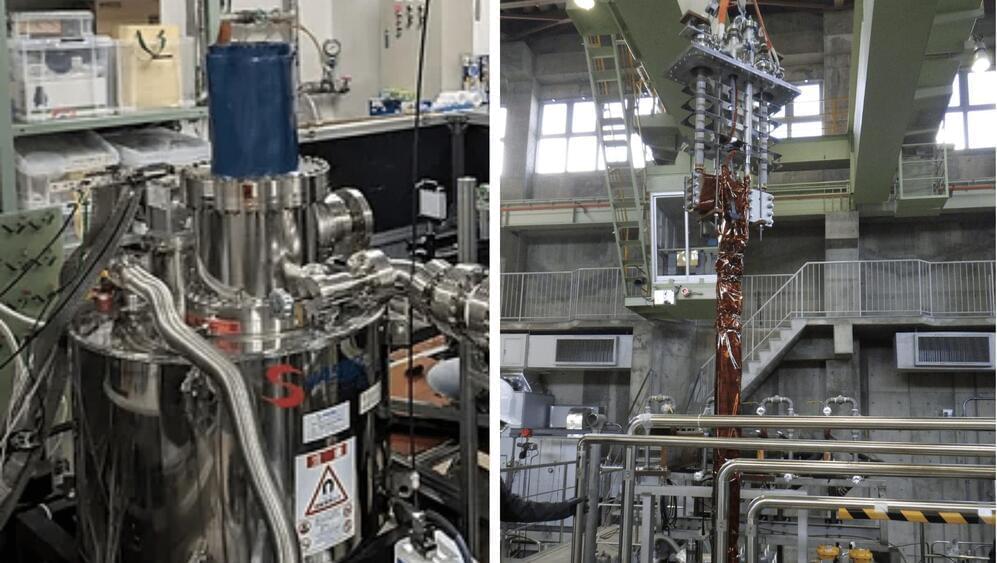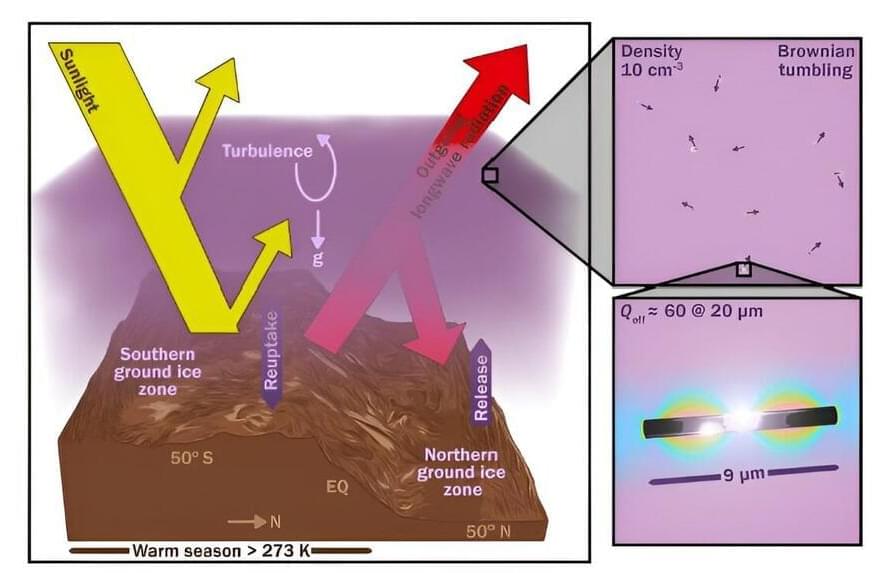Helical Fusion, a Tokyo-based startup, is developing a groundbreaking steady-state fusion reactor that could provide limitless clean energy.



“If pursued, we might see by the end of the decade advances in AI as drastic as the difference between the rudimentary text generation of GPT-2 in 2019 and the sophisticated problem-solving abilities of GPT-4 in 2023,” Epoch wrote in a recent research report detailing how likely it is this scenario is possible.
But modern AI already sucks in a significant amount of power, tens of thousands of advanced chips, and trillions of online examples. Meanwhile, the industry has endured chip shortages, and studies suggest it may run out of quality training data. Assuming companies continue to invest in AI scaling: Is growth at this rate even technically possible?
In its report, Epoch looked at four of the biggest constraints to AI scaling: Power, chips, data, and latency. TLDR: Maintaining growth is technically possible, but not certain. Here’s why.

A small team of engineers and geophysicists from Northwestern University, the University of Chicago, and the University of Central Florida has found, via modeling, that creating millions of metal nanorods from material on the Martian surface and then blasting them into the atmosphere would be a more efficient way to heat the planet than generating greenhouse gases. Their paper is published in the journal Science Advances.
Science fiction writers have for many years envisioned a future when Mars is made habitable through terraforming techniques, allowing humans to survive without the need for special buildings and spacesuits. Recently, scientists have begun looking at the possibility, though most project ideas are far less ambitious.
Instead of completely transforming the planet, many are looking at simply warming it up a bit to make it more habitable. Most such ideas have centered on releasing greenhouse gases into the atmosphere to capture more heat from the sun. Unfortunately, there are few ingredients on the Martian surface that could be used to create and release such gases.

A study out recently has prompted much media attention about the role of plastics in developing autism.
In particular, the study focused on exposure to a component of hard plastics—bisphenol A, or BPA—in the womb and the risk of boys developing this neurodevelopmental disorder.
Importantly, the study doesn’t show plastics containing BPA cause autism.


The three final algorithms, which have now been released, are ML-KEM, previously known as kyber; ML-DSA (formerly Dilithium); and SLH-DSA (SPHINCS+). NIST says it will release a draft standard for FALCON later this year. “These finalized standards include instructions for incorporating them into products and encryption systems,” says NIST mathematician Dustin Moody, who heads the PQC standardization project. “We encourage system administrators to start integrating them into their systems immediately.”
Duncan Jones, head of cybersecurity at the firm Quantinuum welcomes the development. “[It] represents a crucial first step towards protecting all our data against the threat of a future quantum computer that could decrypt traditionally secure communications,” he says. “On all fronts – from technology to global policy – advancements are causing experts to predict a faster timeline to reaching fault-tolerant quantum computers. The standardization of NIST’s algorithms is a critical milestone in that timeline.”

Summary: Human progress requires a culture of openness to change and innovation, which historically has been rare and resisted by established elites. Periods of remarkable achievement, like that seen in Enlightenment Europe, occurred when societies embraced new ideas and allowed for intellectual and economic freedom. The key to sustained progress lies in maintaining a culture of optimism and a politico-economic system that encourages innovation rather than suppressing it.
To make progress, we must do something differently from what we did yesterday, and we must do it faster, better, or with less effort. To accomplish that, we innovate, and we imitate. That takes a certain openness to surprises, and that openness is rare. It is difficult to come up with something that never existed. It’s also dangerous, since most innovations fail.
If you live close to subsistence level, you don’t have a margin for error. So, if someone wants to hunt in a new way or experiment with a new crop, it is not necessarily popular. There is a reason why most historical societies that came up with a way of sustaining themselves tried to stick to that recipe and considered innovators troublemakers.
Enjoy the videos and music you love, upload original content, and share it all with friends, family, and the world on YouTube.
